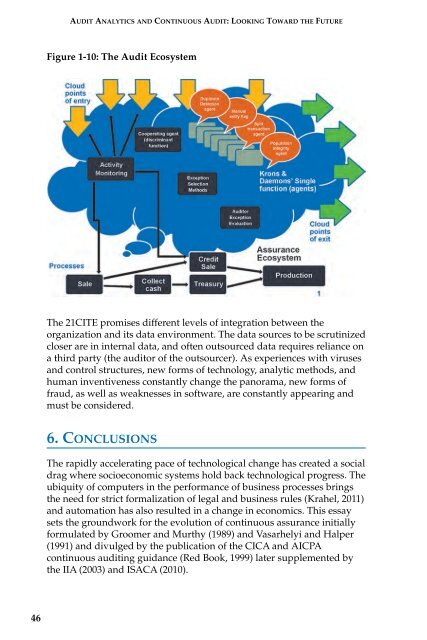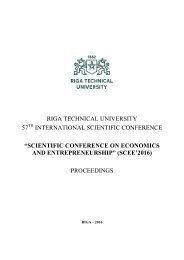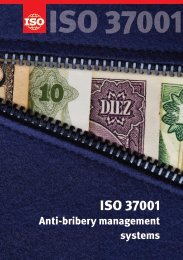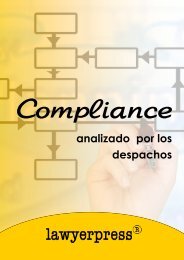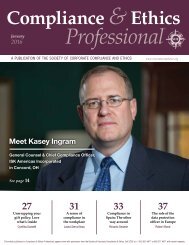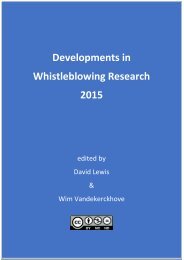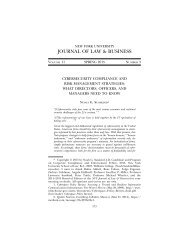AUDIT ANALYTICS AUDIT
x8YaD9
x8YaD9
- No tags were found...
You also want an ePaper? Increase the reach of your titles
YUMPU automatically turns print PDFs into web optimized ePapers that Google loves.
<strong>AUDIT</strong> <strong>ANALYTICS</strong> AND CONTINUOUS <strong>AUDIT</strong>:LOOKING TOWARD THE FUTURE<br />
Figure 1-10: The Audit Ecosystem<br />
The 21CITE promises different levels of integration between the<br />
organization and its data environment. The data sources to be scrutinized<br />
closer are in internal data, and often outsourced data requires reliance on<br />
a third party (the auditor of the outsourcer). As experiences with viruses<br />
and control structures, new forms of technology, analytic methods, and<br />
human inventiveness constantly change the panorama, new forms of<br />
fraud, as well as weaknesses in software, are constantly appearing and<br />
must be considered.<br />
6. CONCLUSIONS<br />
The rapidly accelerating pace of technological change has created a social<br />
drag where socioeconomic systems hold back technological progress. The<br />
ubiquity of computers in the performance of business processes brings<br />
the need for strict formalization of legal and business rules (Krahel, 2011)<br />
and automation has also resulted in a change in economics. This essay<br />
sets the groundwork for the evolution of continuous assurance initially<br />
formulated by Groomer and Murthy (1989) and Vasarhelyi and Halper<br />
(1991) and divulged by the publication of the CICA and AICPA<br />
continuous auditing guidance (Red Book, 1999) later supplemented by<br />
the IIA (2003) and ISACA (2010).<br />
46


